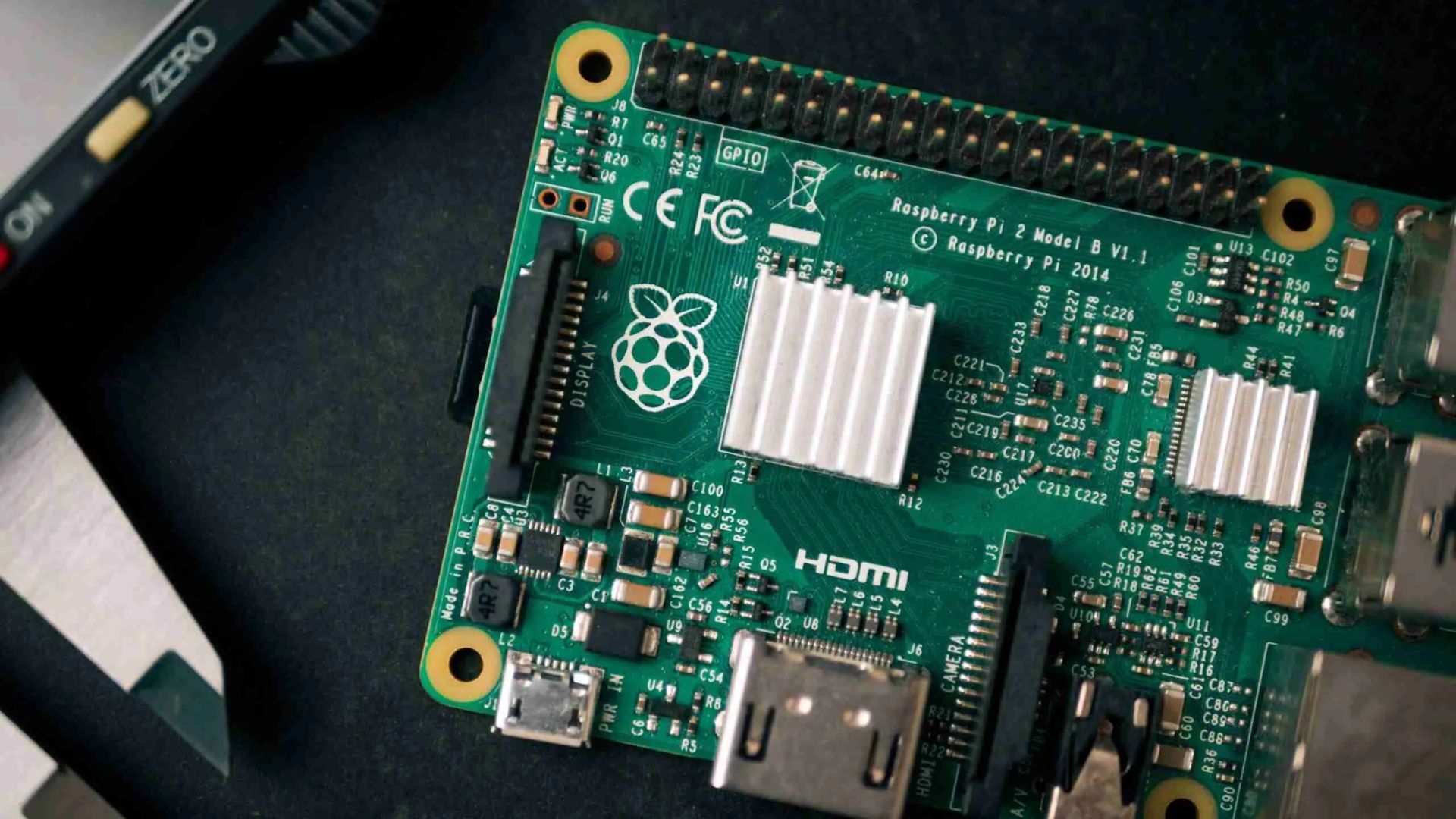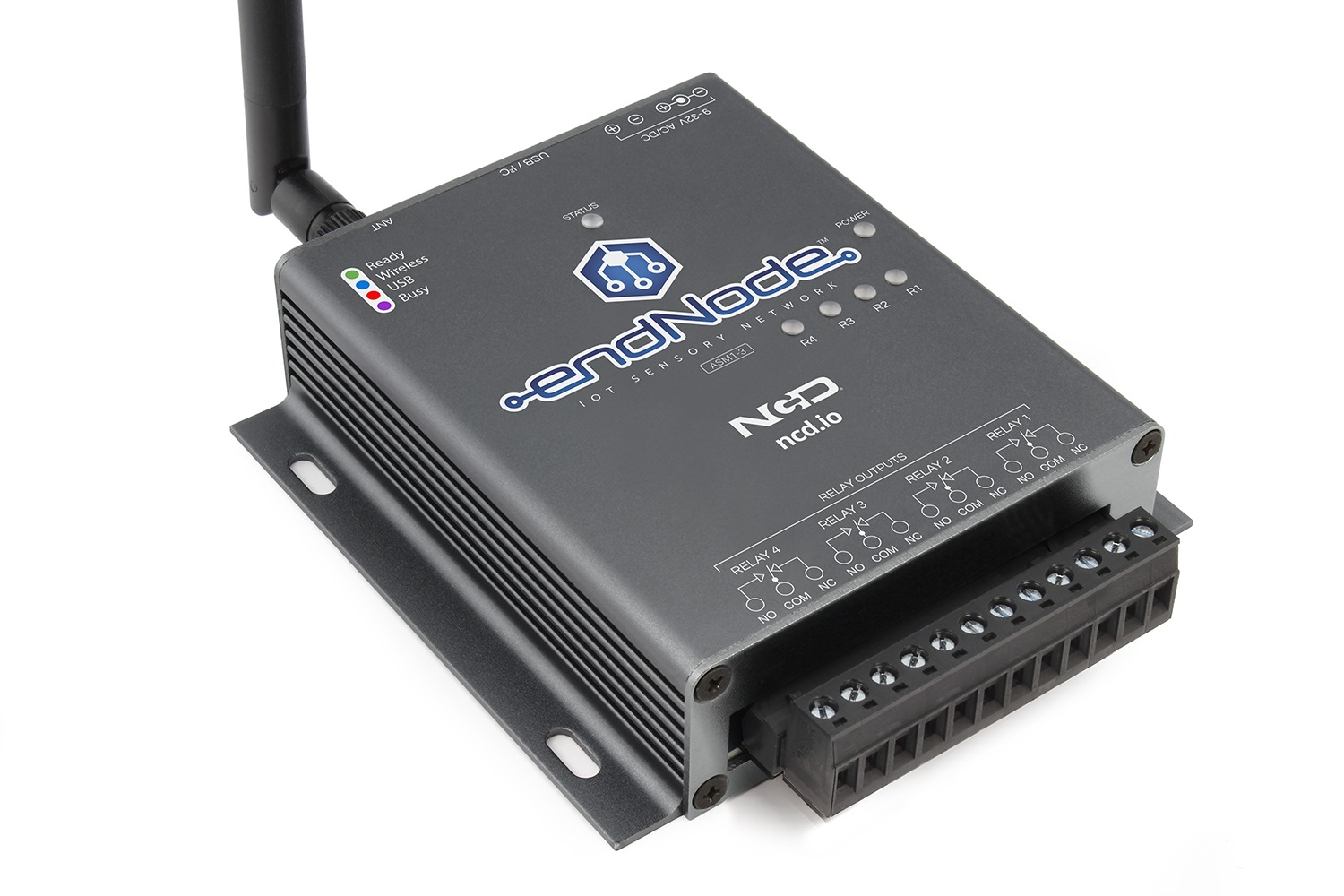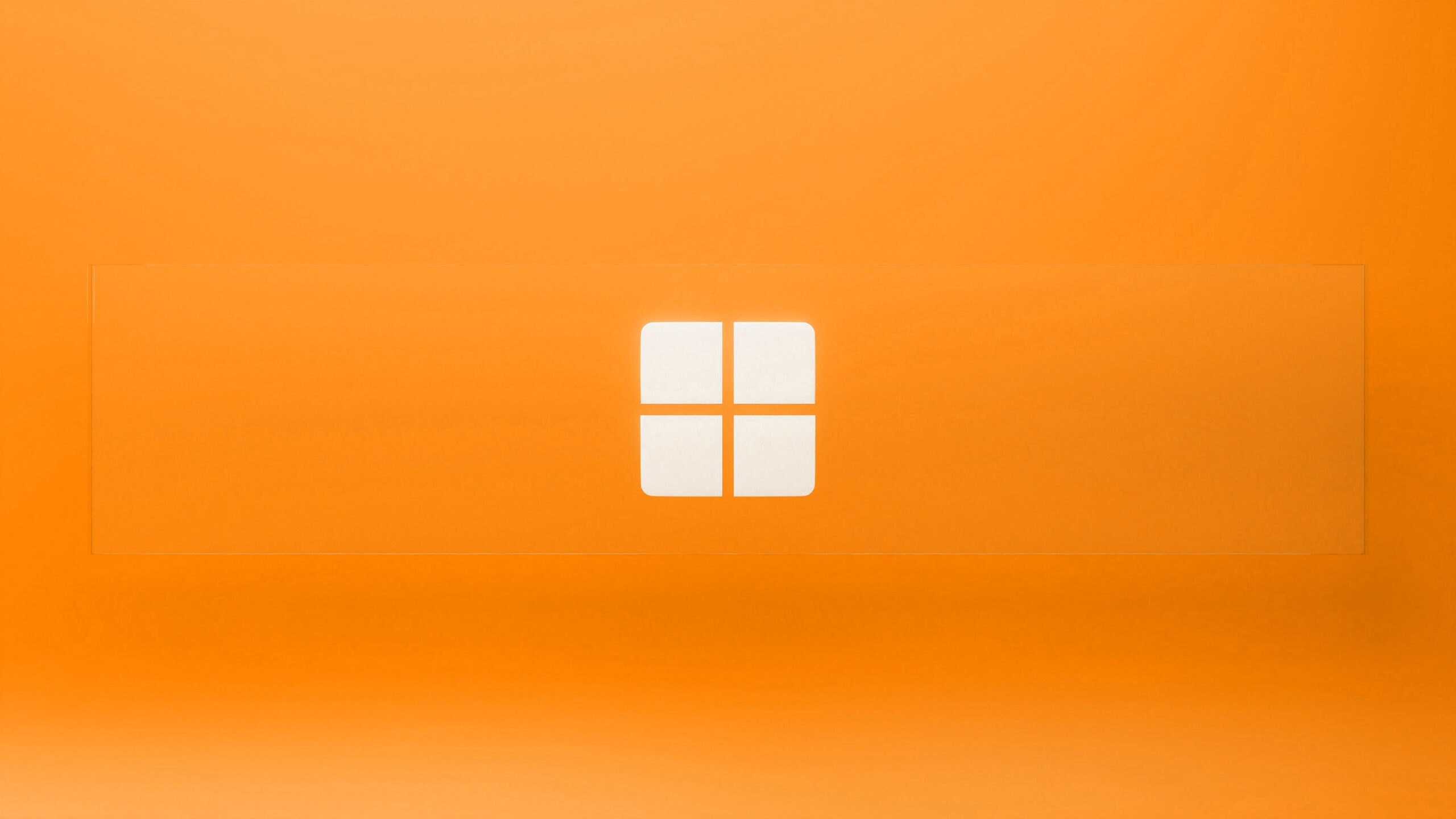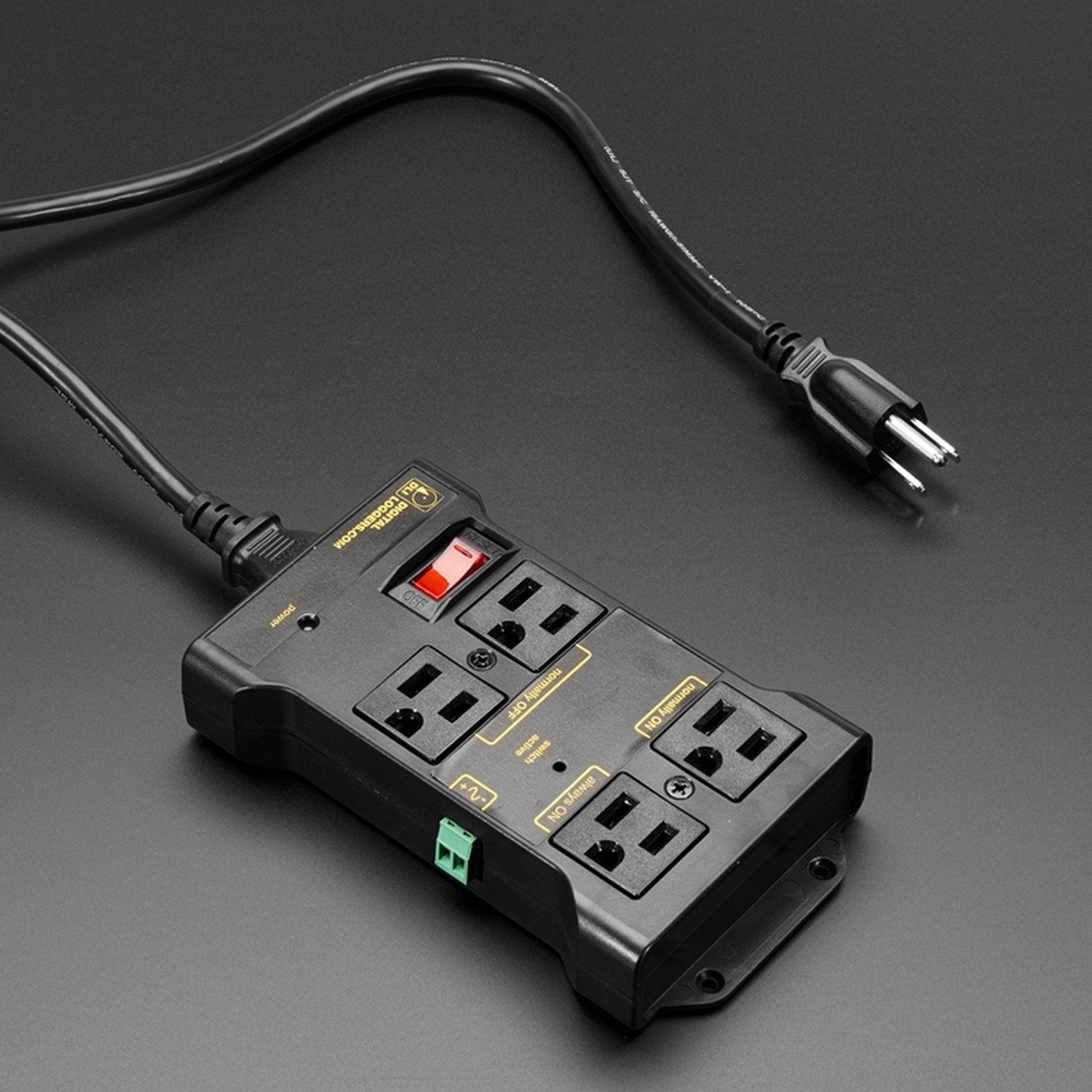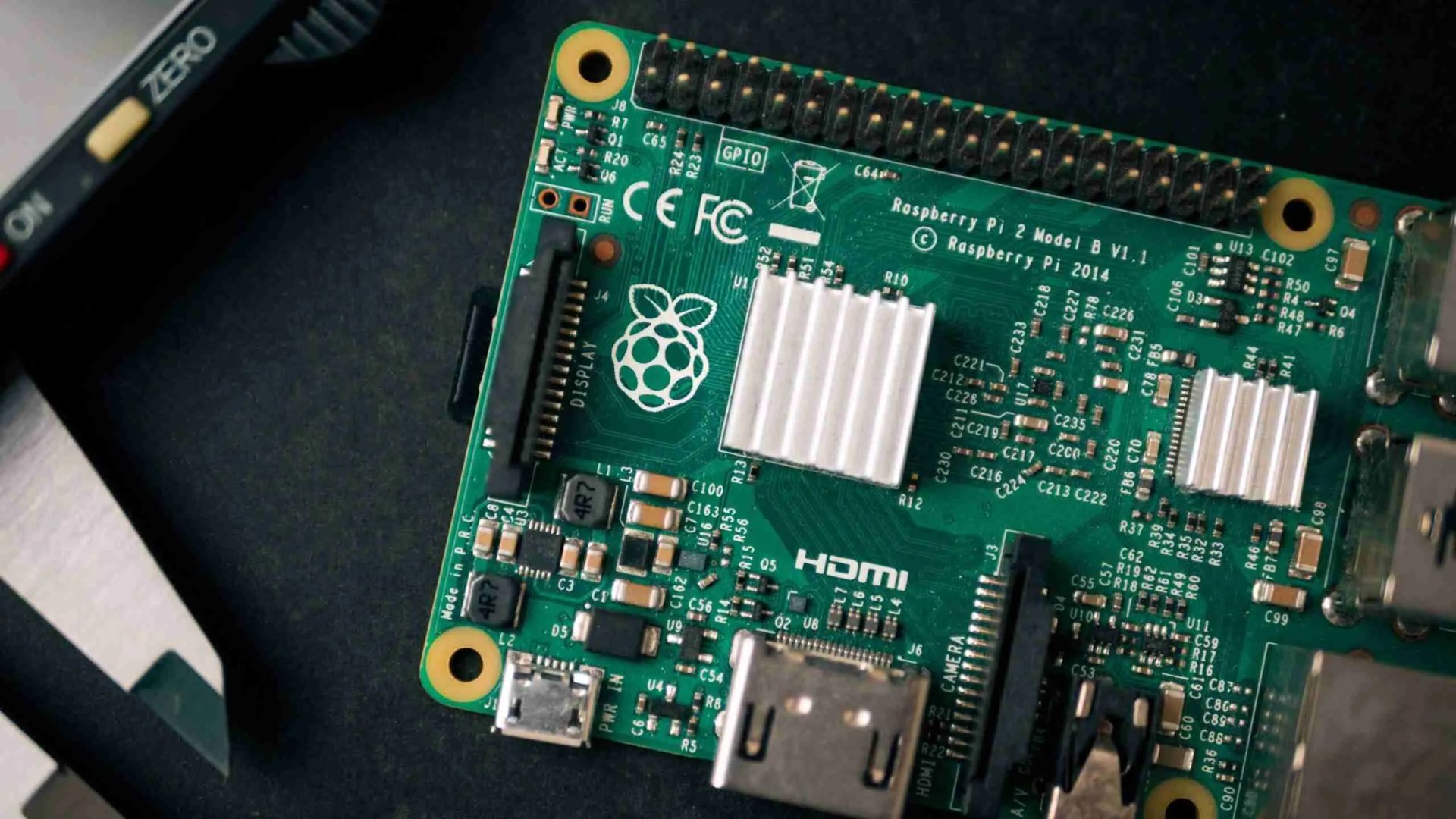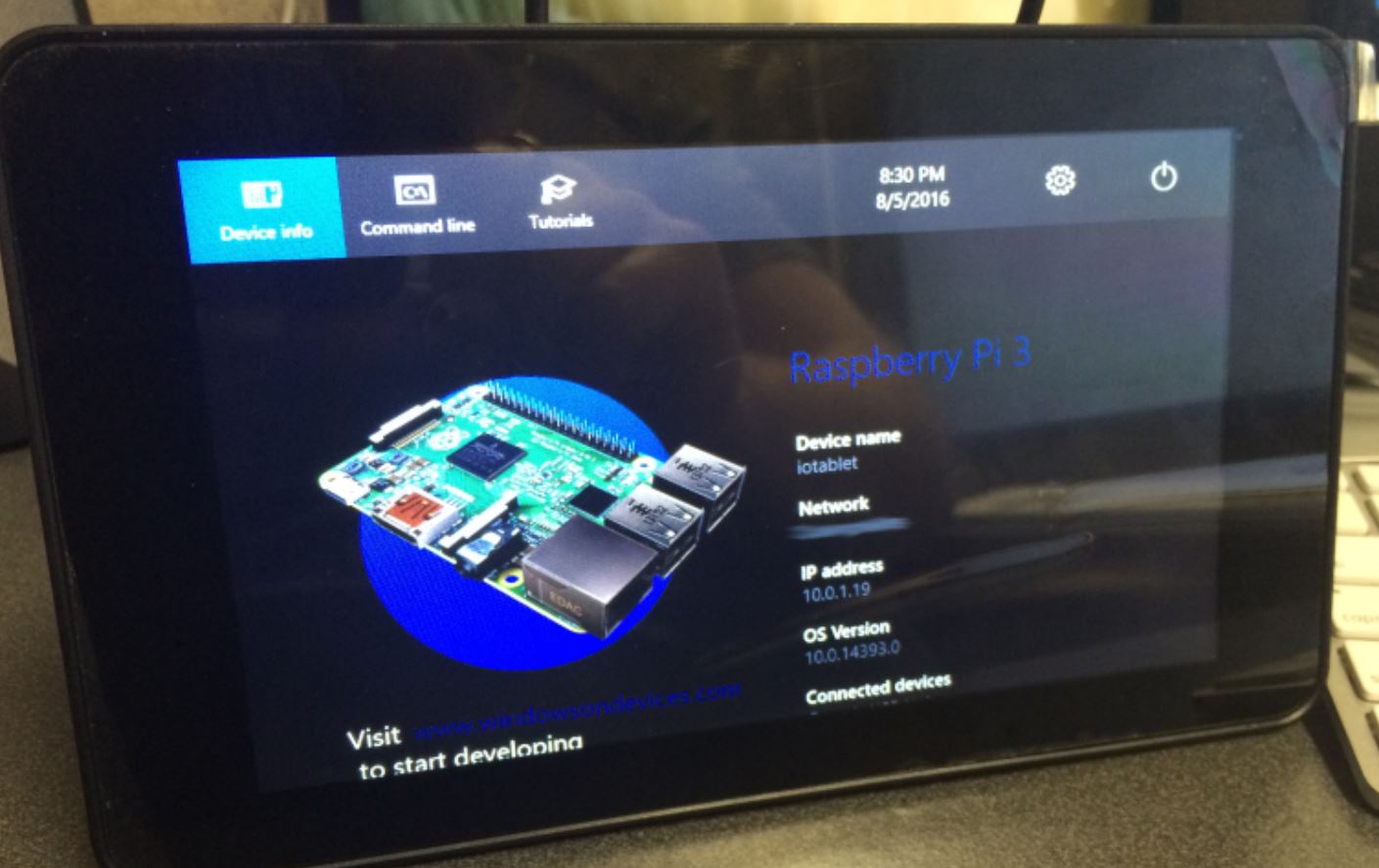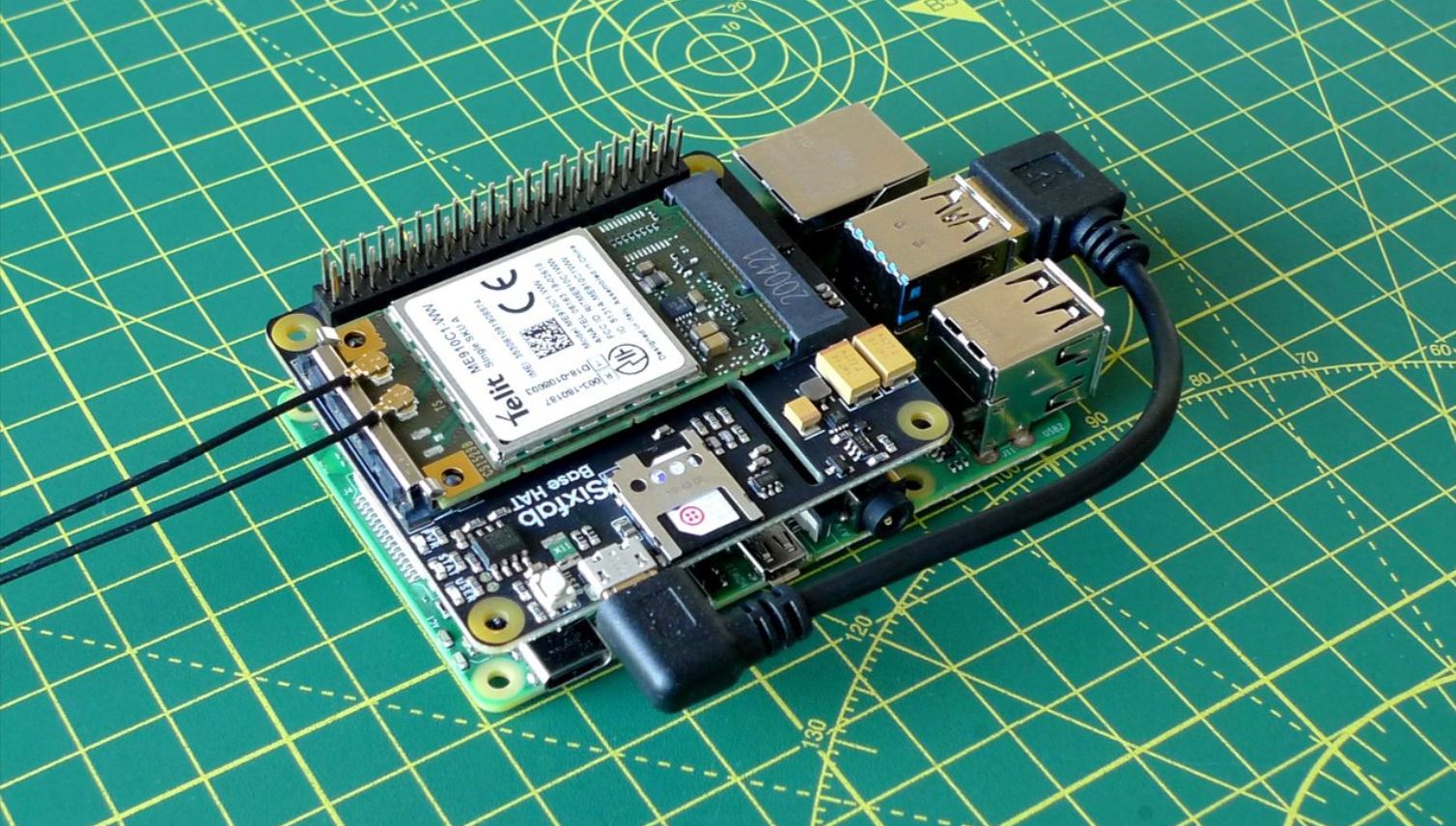Introduction
The Internet of Things (IoT) has revolutionized the way we interact with everyday objects and devices. From smart homes to industrial automation, IoT has transformed various industries by connecting our physical world to the digital realm. At the heart of this technological revolution is the Raspberry Pi – a versatile and affordable single-board computer.
The Raspberry Pi, developed by the Raspberry Pi Foundation, has gained immense popularity for its ability to serve as a powerful IoT device. It combines the capabilities of a traditional computer with the flexibility and connectivity required in the IoT ecosystem. This compact and cost-effective device has opened up a whole new realm of possibilities for building innovative IoT applications.
In this article, we will explore the different types of IoT devices that the Raspberry Pi can be used as: standalone IoT devices, IoT gateways, and IoT edge devices. We will dive into the features and applications of the Raspberry Pi in each of these roles, as well as the challenges and considerations involved.
By the end of this article, you will have a better understanding of how the Raspberry Pi can be leveraged to create robust and scalable IoT solutions. Whether you are looking to build a home automation system, monitor environmental conditions, or develop an industrial IoT application, the Raspberry Pi can be an excellent choice.
Definition of IoT
The Internet of Things (IoT) refers to the network of interconnected physical devices, vehicles, buildings, and other objects embedded with sensors, software, and connectivity that enable them to collect and exchange data. In simple terms, IoT allows objects to communicate and interact with each other through the internet, making our lives more connected and convenient.
The key concept behind IoT is the ability of these devices to collect and transmit data, enabling them to be remotely monitored, controlled, and even automated. This data can range from simple metrics like temperature and humidity to more complex information such as location, usage patterns, and environmental conditions. This wealth of data facilitates real-time insights, enabling businesses and individuals to make informed decisions and optimize processes.
IoT devices work by utilizing a combination of hardware, software, and connectivity protocols. The hardware components consist of sensors, actuators, and processors, which collect and process data. This data is then transmitted using different communication protocols such as Wi-Fi, Bluetooth, or cellular networks, enabling the devices to interact with each other and with the cloud-based systems that manage and analyze the data.
The potential applications of IoT are vast and diverse, ranging from smart homes and wearables to industrial automation and smart cities. IoT has the ability to transform various industries, improving efficiency, reducing costs, and enhancing the overall quality of life. With IoT, we have the power to create a more connected and intelligent world.
Overview of Raspberry Pi
The Raspberry Pi is a credit-card-sized single-board computer that was developed by the Raspberry Pi Foundation with the intention of promoting computer science education and enabling affordable computing solutions. Since its release in 2012, the Raspberry Pi has gained worldwide popularity due to its affordability, versatility, and open-source nature.
The Raspberry Pi is based on a ARM architecture and is equipped with a Broadcom system-on-a-chip (SoC). It features a powerful processor, RAM, storage options, audio and video outputs, USB ports, and Ethernet connectivity, making it capable of running a wide range of applications. Despite its small size, the Raspberry Pi offers computing power equivalent to that of a traditional desktop computer.
One of the key advantages of the Raspberry Pi is its ability to run on various operating systems, including Linux-based distributions like Raspbian, Ubuntu, and Fedora. This flexibility allows developers to choose the most suitable operating system for their projects and take advantage of the vast range of software tools and libraries available.
In addition to its hardware and software capabilities, the Raspberry Pi also offers a rich ecosystem of accessories and add-ons. These include expansion boards (HATs), camera modules, displays, sensors, and actuators, which can be easily connected to the board’s GPIO (General-Purpose Input/Output) pins. This makes it incredibly versatile and allows for the creation of custom IoT solutions tailored to specific needs.
Another noteworthy feature of the Raspberry Pi is its low cost. With prices ranging from $10 to $50, depending on the model, the Raspberry Pi is an affordable option for individuals, hobbyists, and businesses looking to develop IoT solutions without breaking the bank. This accessibility has helped democratize the world of IoT, making it accessible to a wider audience.
Overall, the Raspberry Pi provides an accessible and powerful platform for building IoT solutions. Its compact size, robust hardware, software flexibility, and affordable price point make it an ideal choice for a wide range of IoT applications, from home automation to industrial monitoring and beyond.
Features of Raspberry Pi
The Raspberry Pi packs a plethora of features that make it an exceptional choice for IoT projects. Here are some of its key features:
- Powerful Processing: The Raspberry Pi is equipped with a powerful ARM-based processor, ranging from 1.2 GHz to 1.5 GHz. This ensures smooth performance and enables the board to handle complex tasks and computations.
- Ample RAM: The Raspberry Pi offers different models with varying RAM capacities, ranging from 1GB to 8GB. Sufficient RAM allows for multitasking, running multiple applications simultaneously, and handling large data sets.
- Versatile Connectivity: The Raspberry Pi comes with multiple USB ports, Ethernet connectivity, HDMI and audio outputs, enabling easy integration with peripherals and external devices.
- Expansion Capability: The Raspberry Pi features GPIO pins that can be used to connect a wide range of accessories and add-ons. This allows for the integration of sensors, actuators, cameras, and more, making the Raspberry Pi adaptable to various IoT applications.
- Support for Multiple Operating Systems: The Raspberry Pi supports various operating systems, including popular Linux distributions like Raspbian, Ubuntu, and Fedora. This flexibility provides developers with a wide range of software options and libraries to choose from.
- Compact Size: The Raspberry Pi is compact and lightweight, making it easy to integrate into different IoT devices and projects without taking up much space.
- Low Cost: One of the standout features of the Raspberry Pi is its affordability. With prices starting as low as $10, the Raspberry Pi offers an accessible solution for IoT enthusiasts, hobbyists, and developers on a budget.
These features collectively make the Raspberry Pi a versatile and powerful platform for IoT development. Whether you are building a smart home system, creating a weather monitoring station, or developing an industrial automation solution, the Raspberry Pi offers the capabilities needed to bring your ideas to life.
Applications of Raspberry Pi in IoT
The Raspberry Pi has found widespread application in the field of IoT, powering various smart devices and systems. Here are some of the key applications where the Raspberry Pi excels:
- Home Automation: With its versatility and connectivity options, the Raspberry Pi can be the brain behind a smart home system. It can control and automate various devices such as lights, thermostats, security cameras, and door locks, providing convenience and energy efficiency.
- Environmental Monitoring: The Raspberry Pi’s ability to integrate with sensors makes it ideal for monitoring environmental conditions. It can collect data on temperature, humidity, air quality, and more, allowing users to make informed decisions and take actions based on real-time information.
- Industrial Automation: The Raspberry Pi can serve as an IoT gateway or edge device in industrial automation applications. It can collect data from sensors and machinery, perform local data processing, and communicate with cloud-based systems for remote monitoring and control.
- Smart Agriculture: By integrating sensors to monitor soil moisture levels, temperature, and other parameters, the Raspberry Pi can enable smart agriculture practices. It helps optimize crop irrigation, automate greenhouse climate control, and provide real-time data for better farming decisions.
- Weather Stations: The Raspberry Pi can be used to build DIY weather stations, collecting data on temperature, humidity, wind speed, and rainfall. This data can be uploaded to the cloud for analysis and can contribute to weather forecasting and research.
- Robotics: With its powerful processor and GPIO pins, the Raspberry Pi serves as an ideal platform for robotics projects. It can control motors, sensors, and actuators, enabling the creation of robots for various applications such as educational projects, home automation, and industrial automation.
These are just a few examples of the vast range of applications the Raspberry Pi offers in the IoT domain. Its affordability, flexibility, and processing power make it an excellent choice for creating innovative and customized solutions for both personal and commercial use.
Raspberry Pi as a Standalone IoT Device
The Raspberry Pi has the capability to function as a standalone IoT device, meaning it can handle data collection, processing, and communication without the need for additional devices or gateways. This makes it a cost-effective and efficient solution for a wide range of IoT applications. Here are some key considerations and benefits of using the Raspberry Pi as a standalone IoT device:
- Data Collection: The Raspberry Pi can be equipped with various sensors to collect data from the surrounding environment. Sensors such as temperature, humidity, motion, and light sensors can be connected to the board’s GPIO pins, allowing for real-time data acquisition.
- Data Processing: The Raspberry Pi’s powerful processor and ample RAM enable it to process and analyze the collected data locally. This is particularly advantageous in situations where real-time analysis or edge computing is required, as it reduces the latency and bandwidth requirements associated with transmitting data to remote servers for processing.
- Communication: The Raspberry Pi has built-in connectivity options such as Wi-Fi, Bluetooth, and Ethernet, which allow it to communicate with other devices or connect to the internet. This enables data transmission and interaction with cloud platforms or other connected devices without the need for additional gateways.
- User Interface: The Raspberry Pi can be connected to a display and input devices, enabling the creation of a user interface for interacting with the IoT system. This can be done through a graphical user interface (GUI) or a web-based interface, providing users with control and monitoring capabilities.
- Customization and Flexibility: As a standalone IoT device, the Raspberry Pi offers a high level of customization and flexibility. Users can install and configure the required software, develop custom applications, and integrate additional hardware components to suit their specific IoT requirements.
- Cost Effectiveness: Using the Raspberry Pi as a standalone IoT device eliminates the need for additional hardware, such as gateways or servers, reducing infrastructure costs. The affordability of the Raspberry Pi itself makes it an economical choice for both personal and commercial IoT deployments.
By leveraging the Raspberry Pi as a standalone IoT device, users have more control and autonomy over their IoT systems. It empowers individuals and businesses to build cost-effective and efficient IoT solutions, catering to specific needs and unlocking the full potential of IoT technology.
Raspberry Pi as an IoT Gateway
The Raspberry Pi can also be used as an IoT gateway, acting as a bridge between IoT devices and the cloud or other remote systems. An IoT gateway serves as a centralized hub that collects data from multiple devices, performs data aggregation and filtering, and facilitates communication between the IoT devices and the cloud. Here are some key considerations and benefits of using the Raspberry Pi as an IoT gateway:
- Data Aggregation: The Raspberry Pi can collect data from various IoT devices connected to its GPIO pins or through other communication protocols such as Wi-Fi or Bluetooth. It acts as a central point for aggregating data, enabling the consolidation of data from multiple sources into a single stream.
- Data Filtering and Processing: With its processing power and ample resources, the Raspberry Pi can perform data filtering and processing tasks locally. This can include data validation, data normalization, data enrichment, and even running algorithms or models for real-time analytics.
- Protocol Translation: IoT devices often use different communication protocols to interact with the gateway. The Raspberry Pi can translate and convert data between various protocols, ensuring seamless communication between different devices and systems.
- Security and Authentication: As an IoT gateway, the Raspberry Pi can enhance the security of the IoT network by implementing encryption, access controls, and authentication mechanisms. It can protect sensitive data and ensure that only authorized devices or users can access the system.
- Local Storage and Caching: The Raspberry Pi can store and cache data locally, reducing the dependency on constant internet connectivity. This enables the gateway to continue functioning even when there are connectivity issues, ensuring data integrity and availability.
- Cloud Connectivity: Once the data is processed and filtered, the Raspberry Pi can transmit the relevant data to the cloud or other remote systems. It can communicate with cloud platforms using protocols such as MQTT, HTTP, or REST, enabling seamless integration with cloud-based IoT platforms.
- Scalability: The Raspberry Pi offers the ability to scale the IoT gateway infrastructure by using multiple devices in a distributed manner. This allows for increased processing power, enhanced data capacity, and improved fault tolerance in large-scale IoT deployments.
By utilizing the Raspberry Pi as an IoT gateway, users can efficiently manage, control, and analyze data from multiple IoT devices. Its capabilities as a gateway help optimize data flow, enhance security, and enable seamless communication between devices and the cloud or other remote systems.
Raspberry Pi as an IoT Edge Device
The Raspberry Pi can also serve as an IoT edge device, playing a vital role in processing and analyzing data at the edge of the network. An edge device is located close to the data source, minimizing latency and reducing dependency on cloud-based processing. Here are some key considerations and benefits of using the Raspberry Pi as an IoT edge device:
- Real-time Data Processing: The Raspberry Pi’s powerful processor and ample resources enable it to process data at the edge in real-time. This is beneficial in applications where immediate decisions or actions need to be taken based on the data, minimizing latency and improving efficiency.
- Data Filtering and Analytics: As an edge device, the Raspberry Pi can perform data filtering and analytics locally, reducing the need to transmit excessive data to the cloud. This helps conserve bandwidth and reduces data storage and processing costs in cloud-based platforms.
- Offline Capabilities: The Raspberry Pi can continue capturing and processing data even when there is no internet connectivity. This is an advantage in scenarios where the network connection might be intermittent or unreliable, ensuring continuous operation and data integrity.
- Local Control and Decision Making: By deploying intelligence at the edge, the Raspberry Pi enables local control and decision-making capabilities. It can autonomously respond to events or trigger actions based on pre-defined rules or machine learning algorithms, providing a faster response and reducing dependence on a centralized system.
- Reduced Cloud Dependency: Using the Raspberry Pi as an edge device reduces reliance on cloud platforms for every step of the IoT process. Data processing, filtering, and initial analysis can be performed locally, minimizing the need to transfer raw data or sensitive information to the cloud.
- Scalability and Flexibility: The Raspberry Pi’s small form factor and cost-effective nature allow for easy deployment in a wide range of edge computing scenarios. Multiple Raspberry Pi devices can be used in a distributed manner, providing scalability and adaptability to varying edge computing requirements.
- Privacy and Security: With sensitive data kept locally, the Raspberry Pi acts as a secure buffer between IoT devices and the cloud. It can implement encryption, authentication, and access control measures, safeguarding data and ensuring privacy at the edge.
By leveraging the Raspberry Pi as an IoT edge device, users can capitalize on the benefits of localized data processing, reduced latency, and enhanced privacy and security. It brings intelligence closer to the data source, allowing for faster insights, autonomous decision-making, and increased scalability in IoT deployments.
Challenges and Considerations in using Raspberry Pi for IoT
While the Raspberry Pi offers numerous benefits for IoT applications, there are some challenges and considerations that need to be addressed when using it as an IoT device. Here are some key factors to keep in mind:
- Processing Power: The Raspberry Pi, with its ARM-based processor, may not be suitable for applications with extremely high processing requirements or real-time constraints. It is essential to evaluate the computational needs of the specific IoT application and choose the appropriate Raspberry Pi model accordingly.
- Power Consumption: The Raspberry Pi can consume a significant amount of power, especially when multiple peripherals and sensors are connected. It is crucial to consider power constraints and optimize power management strategies to ensure efficient and reliable operation.
- Reliability and Robustness: The Raspberry Pi is designed for general-purpose computing and may not possess the same level of ruggedness and reliability as specialized IoT devices. It is important to assess environmental conditions, such as temperature, humidity, and vibration, and implement necessary measures to ensure long-term reliability.
- Security: As with any IoT device, security is a critical concern. The Raspberry Pi should be protected from potential security threats, including unauthorized access, data breaches, and malware attacks. Implementing security measures such as encryption, strong access controls, and regular security updates is crucial to maintaining a secure IoT environment.
- Interoperability: IoT projects often involve multiple devices and systems that need to work together seamlessly. Ensuring interoperability between the Raspberry Pi and other IoT devices, protocols, and cloud platforms requires careful planning, compatibility testing, and adherence to industry standards.
- Scalability: While the Raspberry Pi can be used for small-scale IoT deployments, scaling up to larger projects may require additional considerations. Factors such as network bandwidth, data management, and distributed processing need to be addressed to ensure scalability and performance as the IoT deployment grows.
- Maintenance and Updates: Regular maintenance and updates are essential to keep the Raspberry Pi running efficiently and securely. This involves applying software updates, monitoring system health, and replacing components as necessary to ensure the longevity and reliability of the IoT solution.
By addressing these challenges and considering the specific requirements of the IoT application, the Raspberry Pi can be successfully utilized in a wide range of IoT projects. Careful planning, robust implementation, and ongoing monitoring are key to maximizing the potential of the Raspberry Pi in IoT deployments.
Conclusion
The Raspberry Pi has emerged as a powerful and versatile tool in the realm of IoT, offering a cost-effective and accessible solution for a wide range of applications. Whether used as a standalone IoT device, an IoT gateway, or an IoT edge device, the Raspberry Pi provides the necessary capabilities to collect, process, and transmit data in the ever-expanding landscape of interconnected devices.
With its powerful processing capabilities, ample storage options, and versatile connectivity, the Raspberry Pi offers the flexibility and scalability needed to meet the demands of various IoT projects. Its compatibility with multiple operating systems, extensive range of accessories, and vast community support further enhance its appeal for IoT enthusiasts, developers, and businesses alike.
Through its applications in home automation, industrial automation, environmental monitoring, robotics, and many more, the Raspberry Pi has been instrumental in driving the IoT revolution forward. Its compact size, low cost, and open-source nature have democratized IoT development, making it accessible to individuals and organizations of all sizes.
However, it is important to consider the challenges and considerations that come with using the Raspberry Pi for IoT. From power consumption and reliability to security and interoperability, these factors need to be carefully evaluated and addressed to ensure the successful deployment of Raspberry Pi-based IoT solutions.
In conclusion, the Raspberry Pi offers a wealth of opportunities for innovation and creativity in the IoT space. It empowers developers to build customized solutions, enables businesses to optimize processes and decision-making, and enhances our daily lives through smart and interconnected devices. As the IoT landscape continues to evolve, the Raspberry Pi is poised to remain at the forefront, driving forward the limitless possibilities of the Internet of Things.







